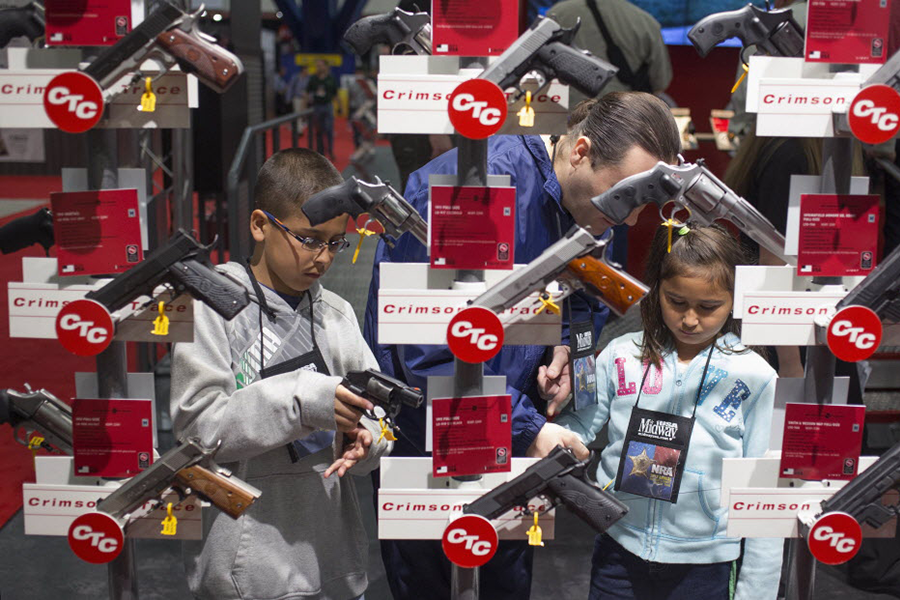Tennessee shooting: When kids shoot kids, who is to blame?
Loading...
A fifth-grader in Tennessee has been charged with murder after shooting his neighbor, an 8-year-old girl in the third grade.
Authorities have not confirmed a motive. But neighbors in the close-knit community, now sent into mourning, say it all unraveled with a conversation the kids had through an open window, according to local news station WBIR-TV.
Several people gave accounts describing the 11-year-old boy taking aim at the girl because she wouldn’t let him see her dog.
“He asked the little girl to see her puppies. She said no and laughed and then turned around, looked at her friend and said, 'Let's go get the ...' and never got 'puppies' out," one neighbor, Chasity Arwood, told the station.
The girl’s mother, Latasha Dyer, recounted the same story, saying that the shooting took place after the boy asked to see her daughter MaKayla’s puppy. “She was a precious little girl. She was a mommy's girl. No matter how bad of a mood you were in, she could always make you smile,” Dyer told WATE-TV. “I want her back in my arms.”
Police say the boy shot MaKayla in the chest after getting ahold of his father’s 12-gauge shotgun. He fired from inside his bedroom, according to The Associated Press.
The boy has been charged as a juvenile, and will remain in juvenile custody in Knoxville until his next court appearance on Oct. 28. A judge then may decide whether he should be tried as a juvenile or as an adult, the AP reported.
But the weapon the 11-year-old used also raises fresh questions about gun safety at home. While the details of this incident and how the boy obtained his father’s gun are unclear, experts say a pattern of neglect is often responsible for the country’s deadliest shootings involving young people, reports The Christian Science Monitor.
“Child access prevention” laws impose specific criminal liability on adults who negligently allow kids to access their firearms. Studies have shown that these laws reduce both unintentional firearm deaths and suicides of children in the states where they are enacted. Twenty-eight states have these laws.
Referring to three child shootings in Houston earlier this year, Slate’s Justin Peters wrote, “These aren’t accidents. They’re the completely predictable consequences of criminally negligent behavior on the part of these kids’ parents and guardians, and they should be treated as such.”
“In all three cases, the guns were left out in the open, loaded and unsecured, by allegedly responsible adults who should have known better,” he added.
Firearms manufacturers and the National Rifle Association are aware that gun safety around children is an issue that needs to be addressed. The National Shooting Sports Foundation provides videos and guidelines for parents and teachers. The Project Child Safe offers a free cable-style gun-locking device and a brochure that discusses safe gun handling and secure storage guidelines.
But it's not always easy to advance the conversation, especially when attempts at raising gun safety awareness meet with resistance. Last year, for example, Florida upheld a law barring doctors from questioning their patients about the presence of firearms in homes with children, reported The Christian Science Monitor.
The policy, introduced by the American Medical Association, was intended to help protect children from shooting accidents. “Despite these good intentions, several would-be patients and the parents of children seeking medical services perceived the questions about gun ownership as intrusive and offensive,” wrote the Monitor’s Warren Richey.
Bill Walker, the principal of White Pine School where both children had attended, told local news there would be extra counselors at school this week.
"It's not just the school that's hurting, it's the whole community," he said.






